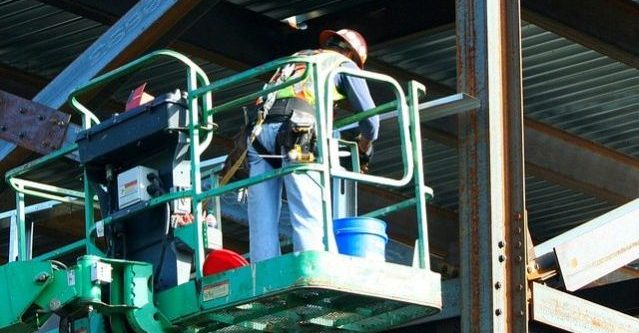Why is Workplace Health and Safety is Mandatory
Employers should ensure that their employees are working in a conducive environment. They should not just supply them with the equipment they need. They should also work in an environment that is safe and does not put their health at risk. Not ensuring safety and health for your workers can cost a company a lot in terms of finance and reputation.
Hazards at Work
Whatever sort of business you are, there is always the possibility of an accident or damage to someone’s health. All work exposes people to hazards, be they: loads which have to be manually handled; dangerous machinery; toxic substances; electricity; working with display screen equipment or even psychological hazards such as stress.
The Cost of Safety Failure
The reason there are not even more accidents and diseases caused by work is because systems of prevention are in place which have been built up over generations. Safety does not come about by accident: most accidents happen because they have not been prevented. Yet despite all the precautions that are taken in the UK, there are still over 640, 0001 workplace injuries every year as well as 1.8 million2 cases of ill health caused or made more by work.
Sourced from: http://www.rospa.com/occupational-safety/advice/small-firms/pack/why-important/
To ensure that your employees are safe you will have to conduct a risk assessment in your company. Find out what needs to be corrected or eliminated. Prevention has always been better than cure.
What is a Risk Assessment?
A Risk Assessment is a systematic method of looking at work activities, considering what could go wrong, and deciding on suitable control measures to prevent loss, damage or injury in the workplace. The Assessment should include the controls required to eliminate, reduce or minimise the risks.
Why conduct a Risk Assessment?
Risk Assessments are a fundamental requirement for businesses. If you don’t know, or appreciate where the risks are, you are putting yourself, your employees, your customers and your organisation in danger.
Employers must look at all work activities that could cause harm in order to decide whether they are doing enough to meet their legal obligations. This is a minimum requirement. If it is reasonably practicable to do so, employers should consider doing more than the legal minimum.
Sourced from: http://www.healthyworkinglives.com/advice/Legislation-and-policy/Workplace-Health-and-Safety/risk-assessment
So what are the benefits of being an employer who ensures that their employees are working in safe and healthy conditions? Well there are several including saving money and time. You will also boost the productivity levels of your staff.
If you could save money, improve productivity, and increase employee morale, would you?
Businesses spend $170 billion a year on costs associated with occupational injuries and illnesses — expenditures that come straight out of company profits. But workplaces that establish safety and health management systems can reduce their injury and illness costs by 20 to 40 percent. In today’s business environment, these costs can be the difference between operating in the black and running in the red.

To Your Workplace
Safe workplaces provide the consistency and reliability needed to build a community and grow a business. Workplaces with active safety and health leadership have fewer injuries, are often rated “better places to work,” and have more satisfied, more productive employees. These employees return to work more quickly after an injury or illness and produce higher-quality products and services. Each year, OSHA works with thousands of companies to help create better workplaces, providing assessments and help in implementing safety and health management systems.
Sourced from: https://www.osha.gov/Publications/safety-health-addvalue.html